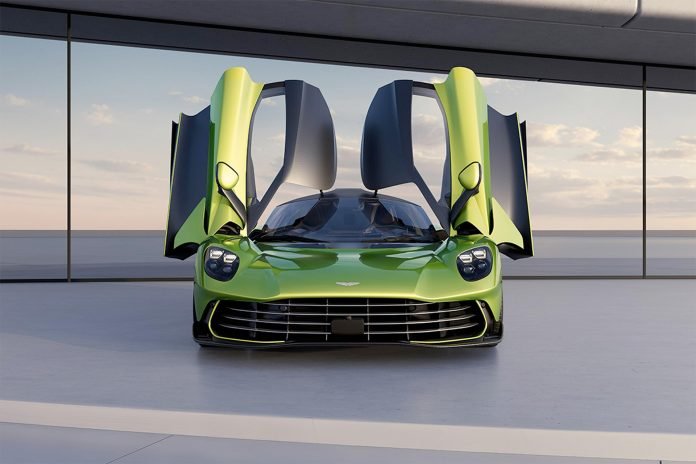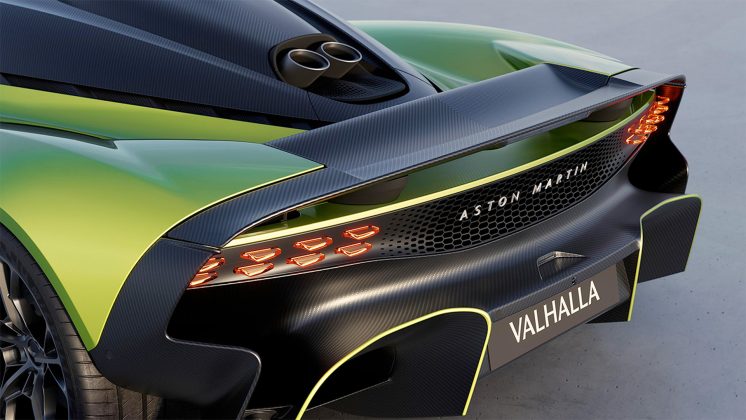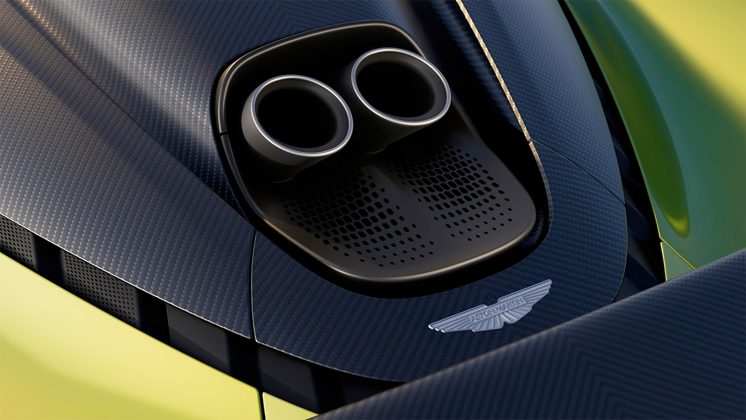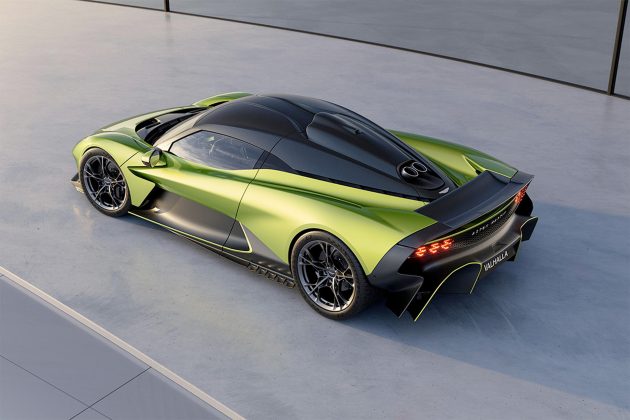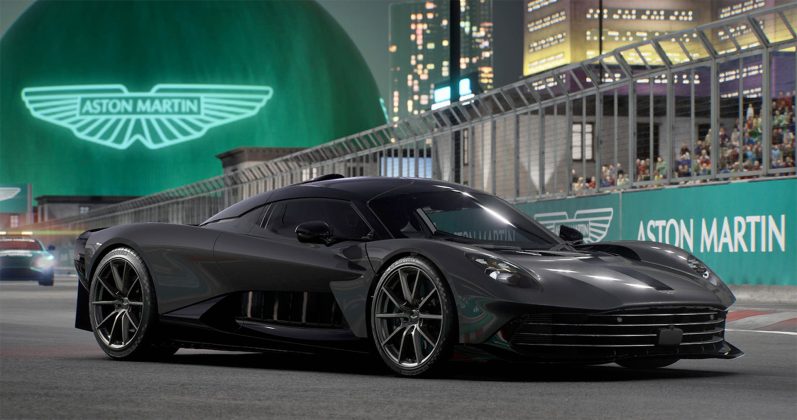Aston Martin has officially unveiled its much-anticipated Valhalla supercar, marking a significant milestone as the company’s first plug-in hybrid and series-production mid-engine model. Combining an innovative powertrain with cutting-edge aerodynamics, the Valhalla is designed for both unparalleled performance and a distinct driving experience.
Powertrain and performance
At the heart of the Valhalla is a custom-built 4.0-liter twin-turbo V8 engine featuring a flat-plane crank design. This engine delivers an impressive 816 horsepower and is paired with three electric motors to bring the combined power output to a staggering 1,065 horsepower. An 8-speed Dual Clutch Transmission (DCT) ensures seamless power delivery.
With its hybrid system, the Valhalla supercar boasts extraordinary acceleration, achieving 0-100 km/h (0-62 mph) in just 2.5 seconds. Its top speed is an electrifying 217 mph (350 km/h), matching high-performance contemporaries like the Ferrari F80, Lamborghini Revuelto, and McLaren W1.
While the plug-in hybrid setup enables limited all-electric driving, its primary role is to enhance performance. The electric motors work to eliminate turbo lag by delivering instantaneous torque and provide an extra boost when needed.
Aerodynamics and driving dynamics
The Valhalla incorporates active aerodynamics to balance performance and stability. At speeds above 149 mph, the car generates up to 1,323 pounds (600 kg) of downforce. To maintain balance as it approaches its top speed, the active aerodynamic system reduces the angle of attack on the front and rear wings, effectively “bleeding” excess downforce.
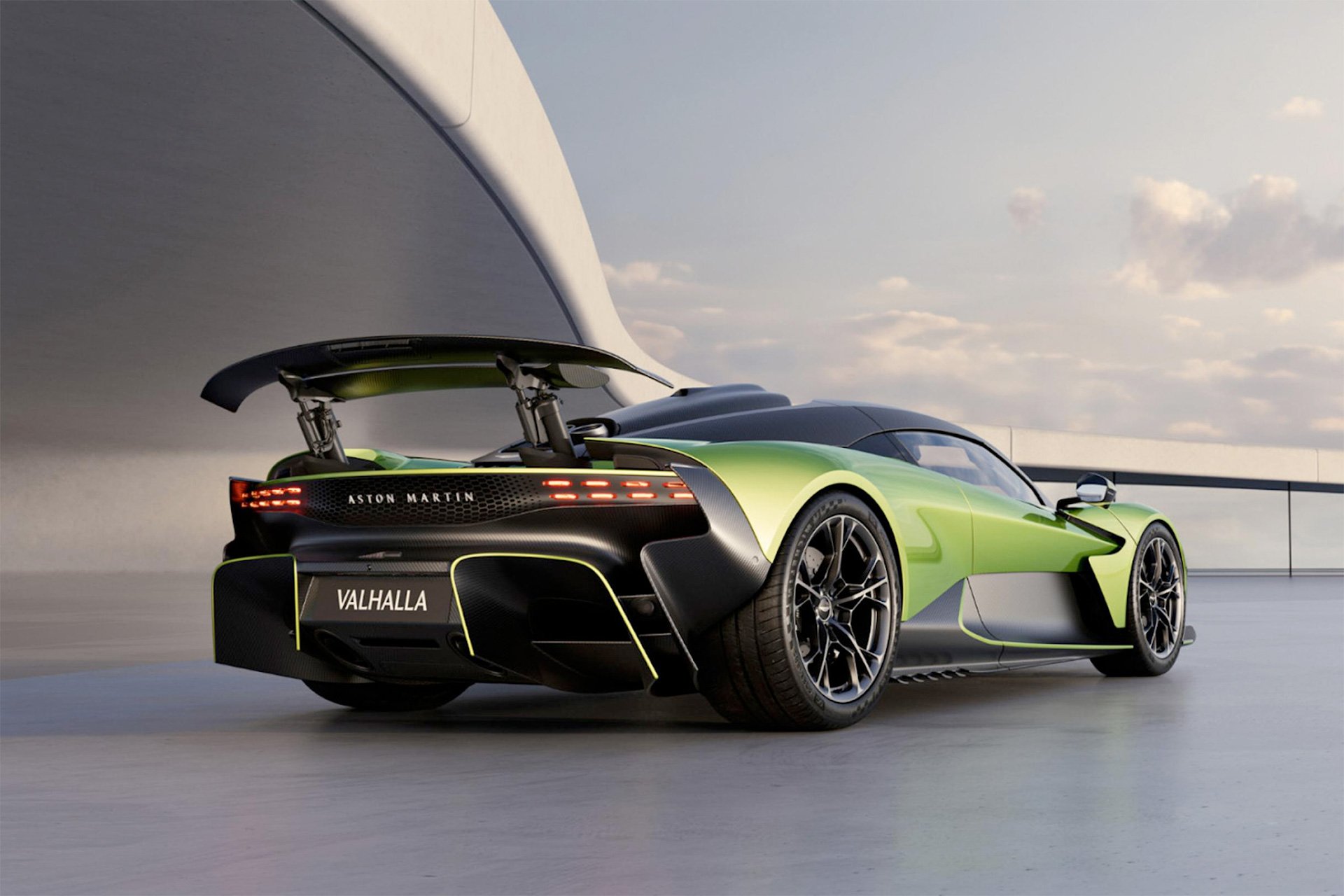
Precision handling is further refined through the Integrated Vehicle Dynamics Control (IVC) system. The system’s torque vectoring capabilities on the front axle and an Electronic Limited-Slip Differential ensure responsive steering and stability. Drivers can also switch between four drive modes, tailoring the vehicle’s characteristics to their preferences.
Interior and customization
The Valhalla’s cabin blends Formula 1-inspired design with high-performance materials. Carbon fiber is extensively used throughout, from the one-piece seats to the steering wheel. A structural brace runs across the cabin to support the instrument panel, enhancing the minimalist yet functional aesthetic.
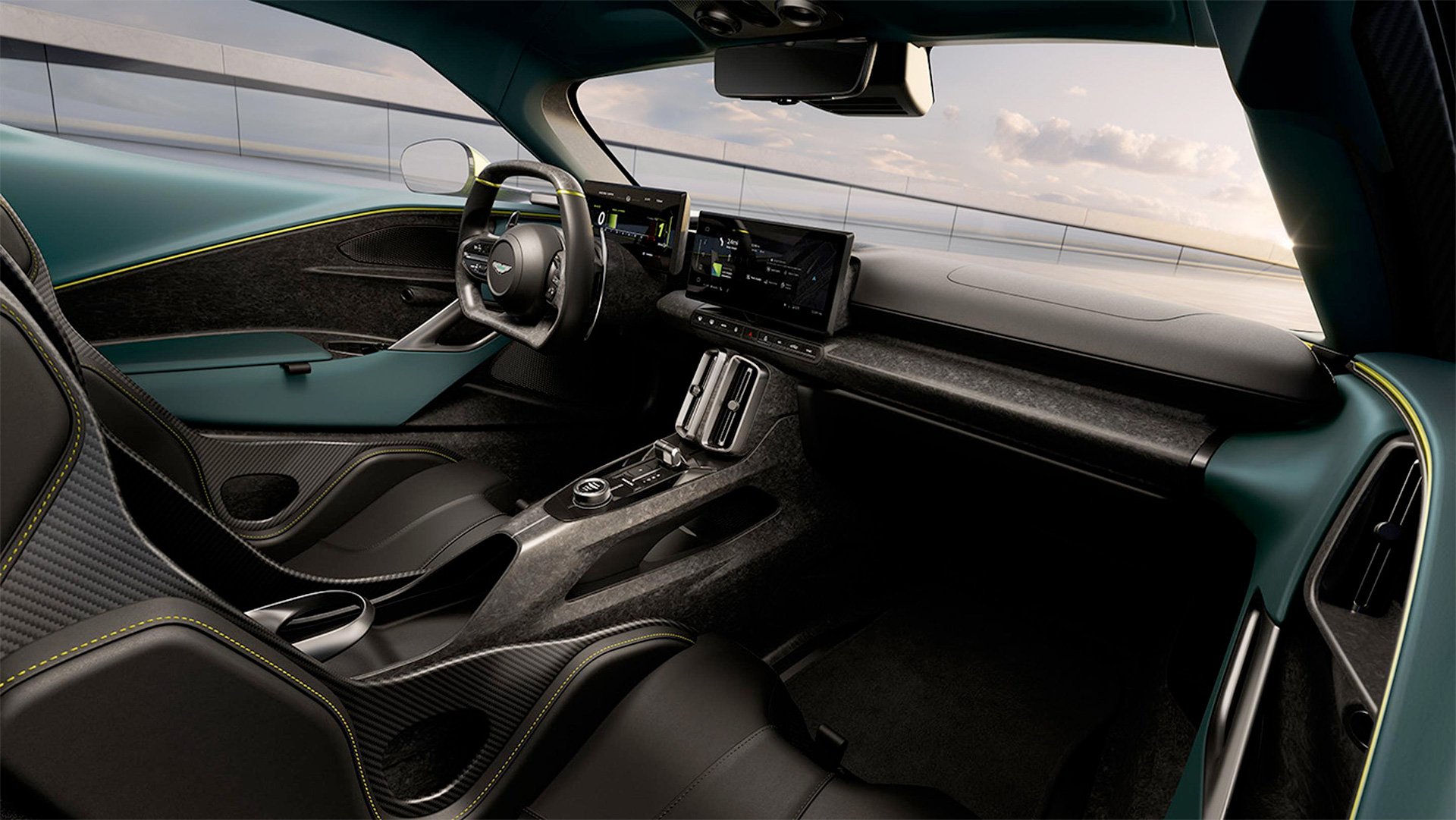
Buyers can customize various aspects of the interior, including upholstery colors, seatbelt options, and contrast stitching. On the exterior, choices extend to liveries, wheel designs, brake finishes, and a full carbon fiber body in gloss or satin finishes.
Pricing and availability
Aston Martin plans to produce only 999 units of the Valhalla, ensuring exclusivity for its buyers. Deliveries are set to begin in the second half of 2025, with pricing estimated at over $1 million. This positions the Valhalla supercar competitively against other high-performance hybrids: it is more affordable than the $2.1 million McLaren W1 and the $3.9 million Ferrari F80, yet pricier than the $600,000 Lamborghini Revuelto.
Source: Aston Martin

